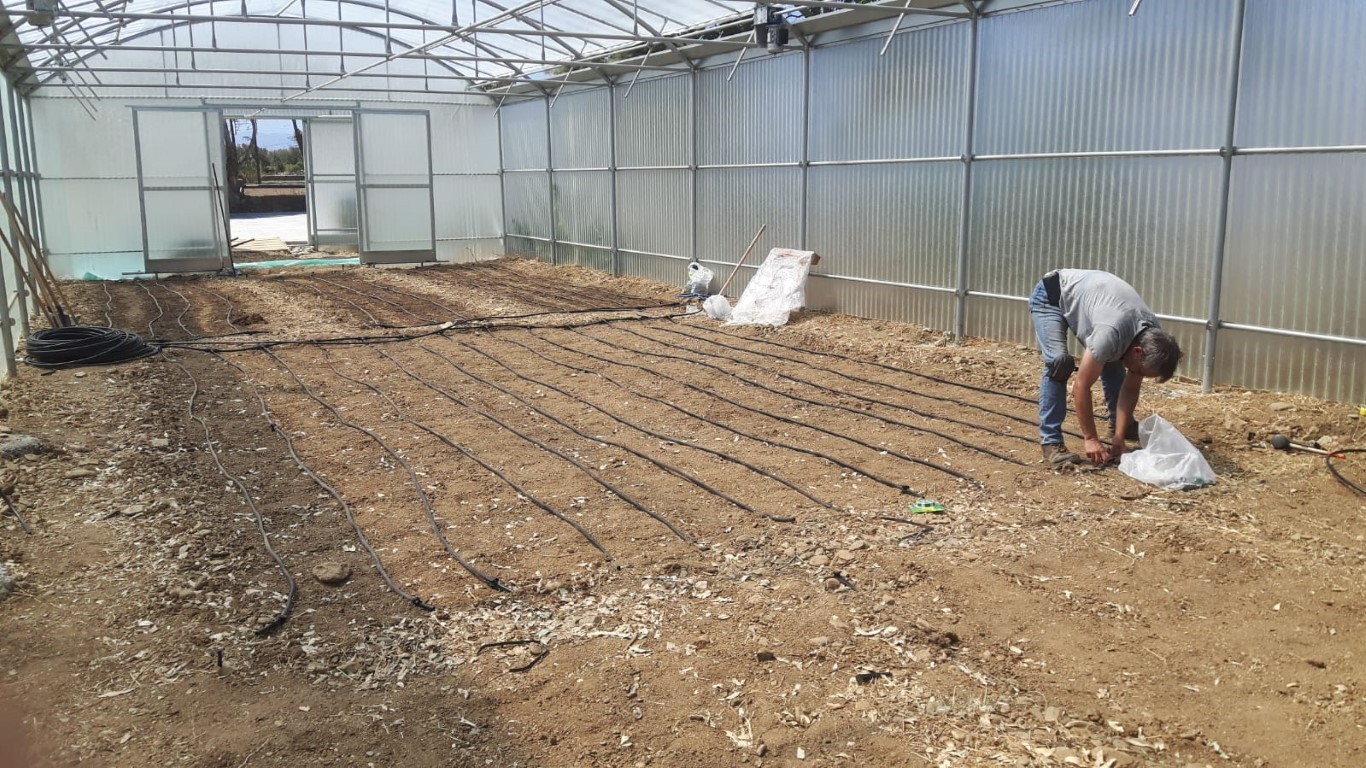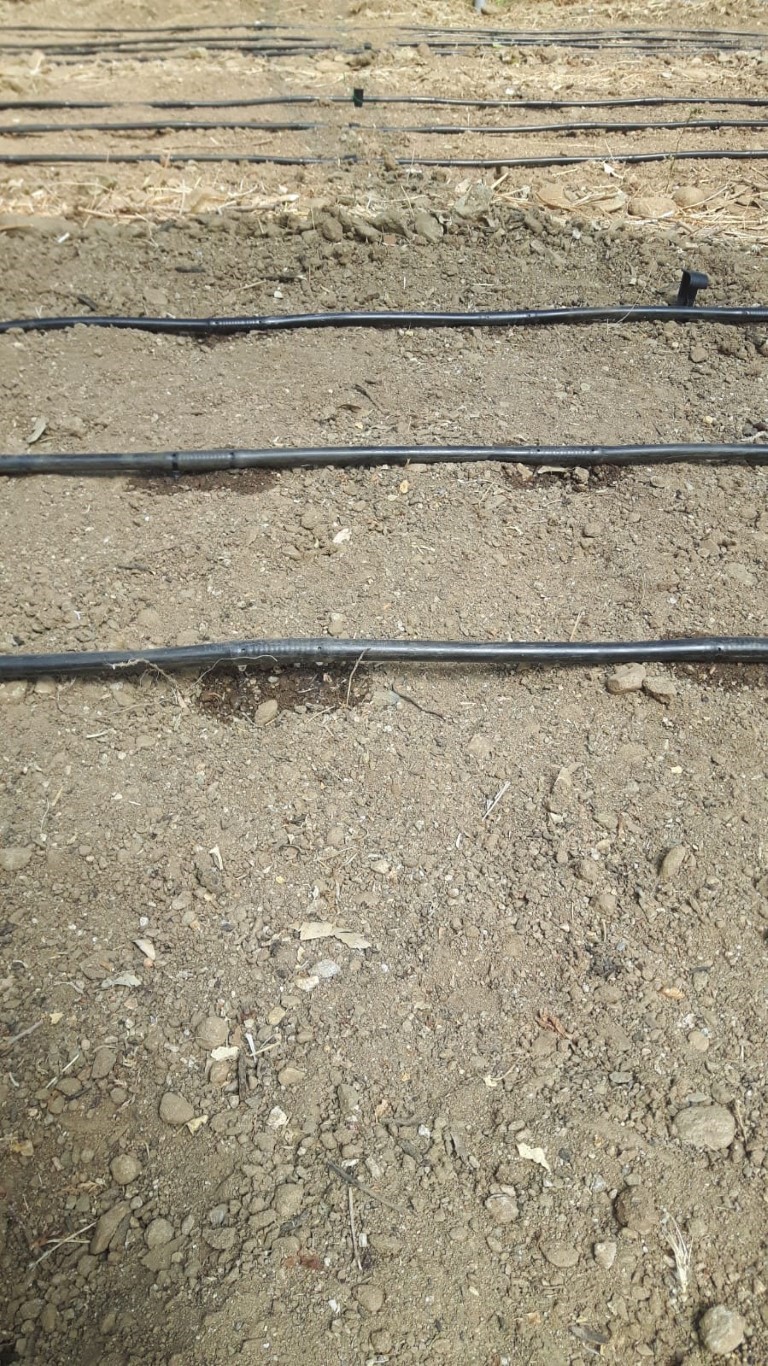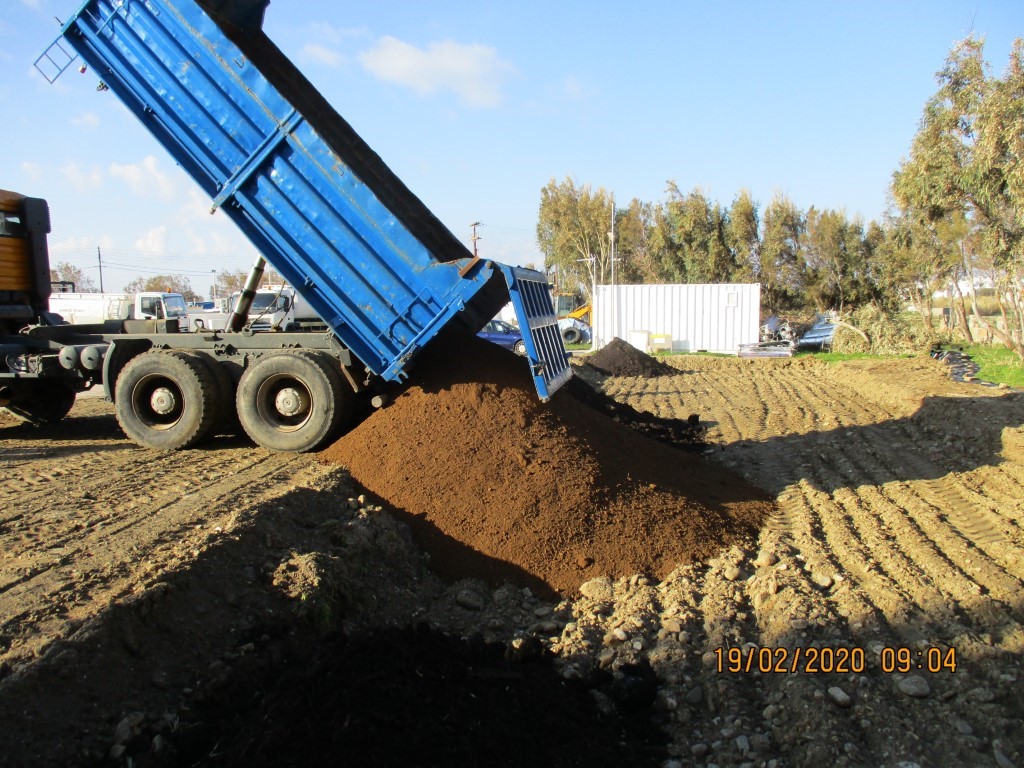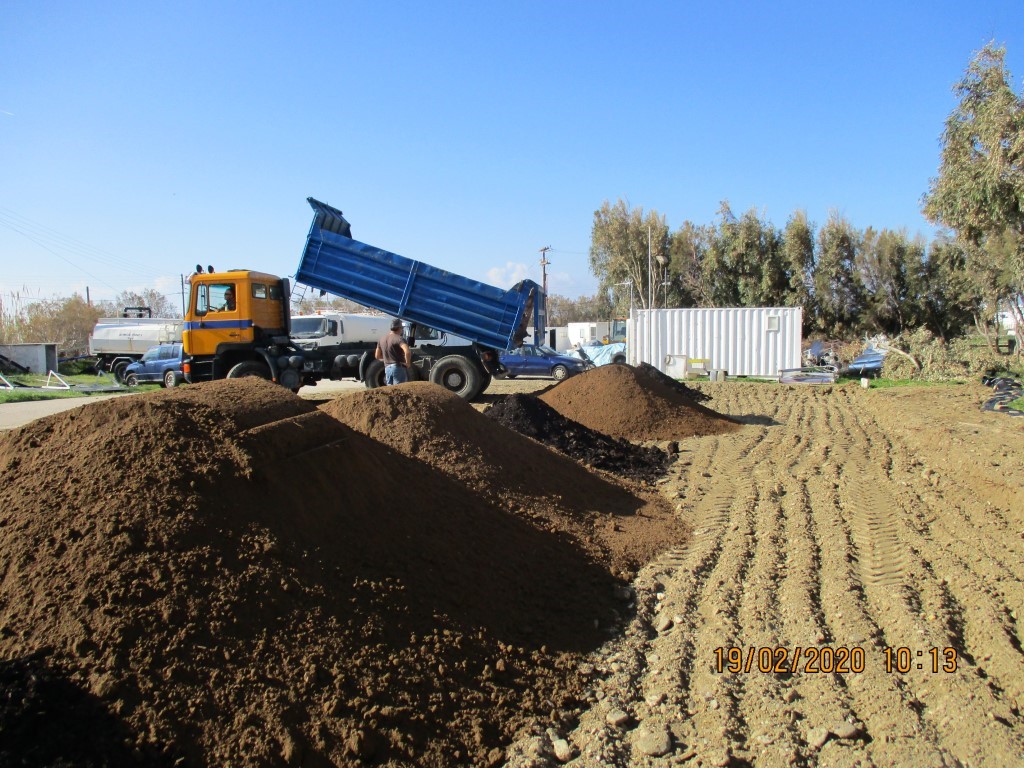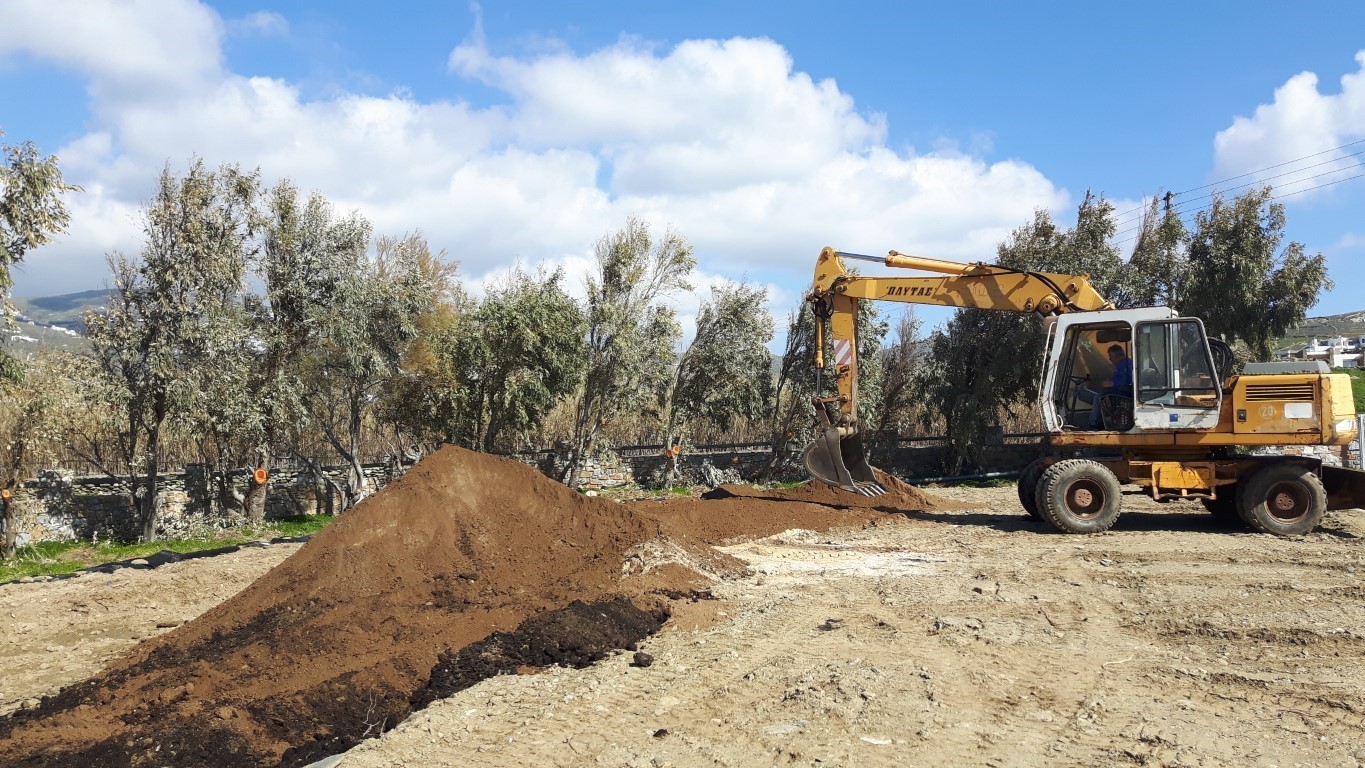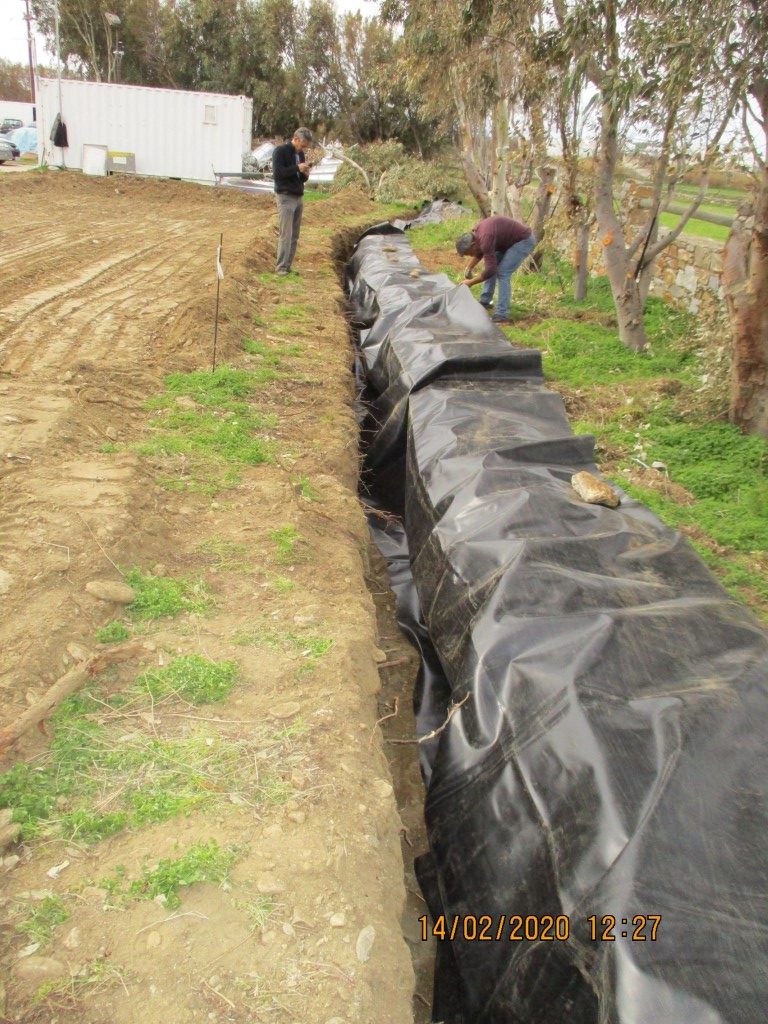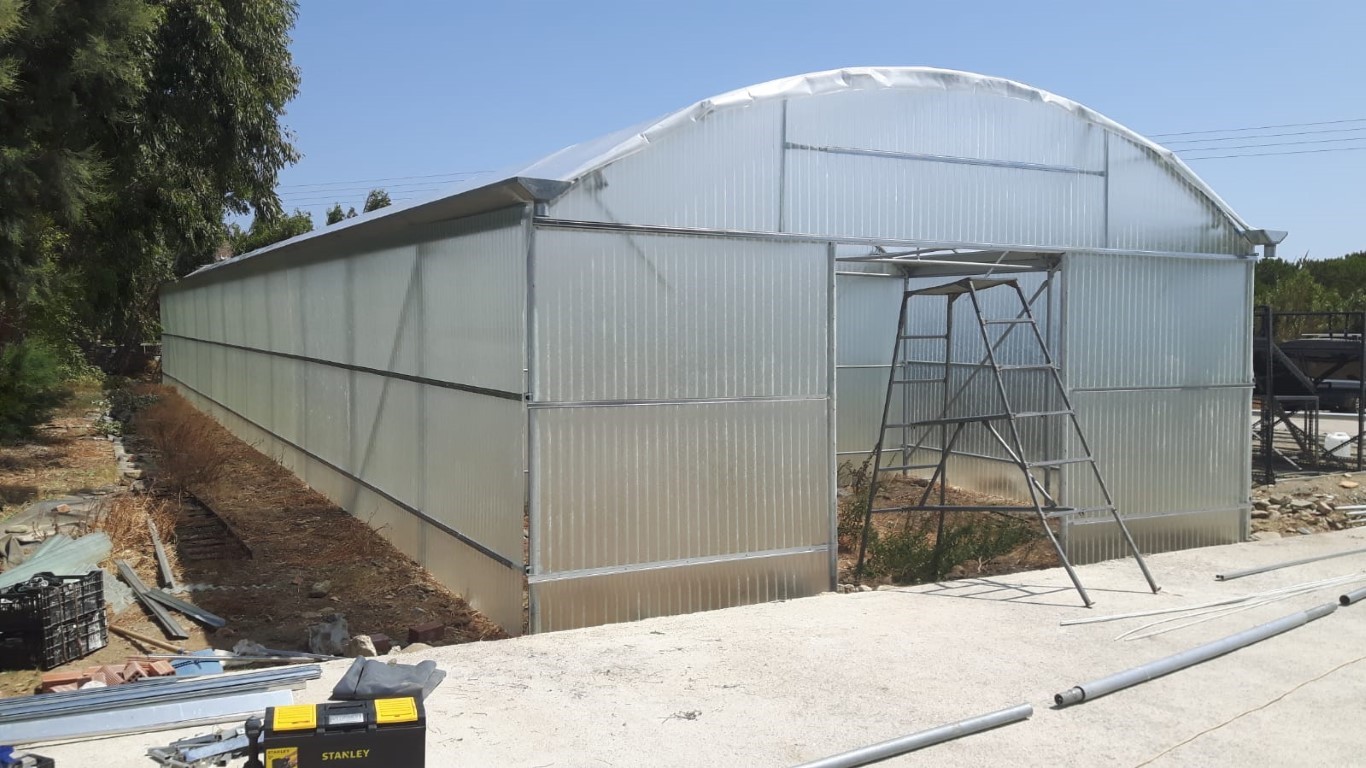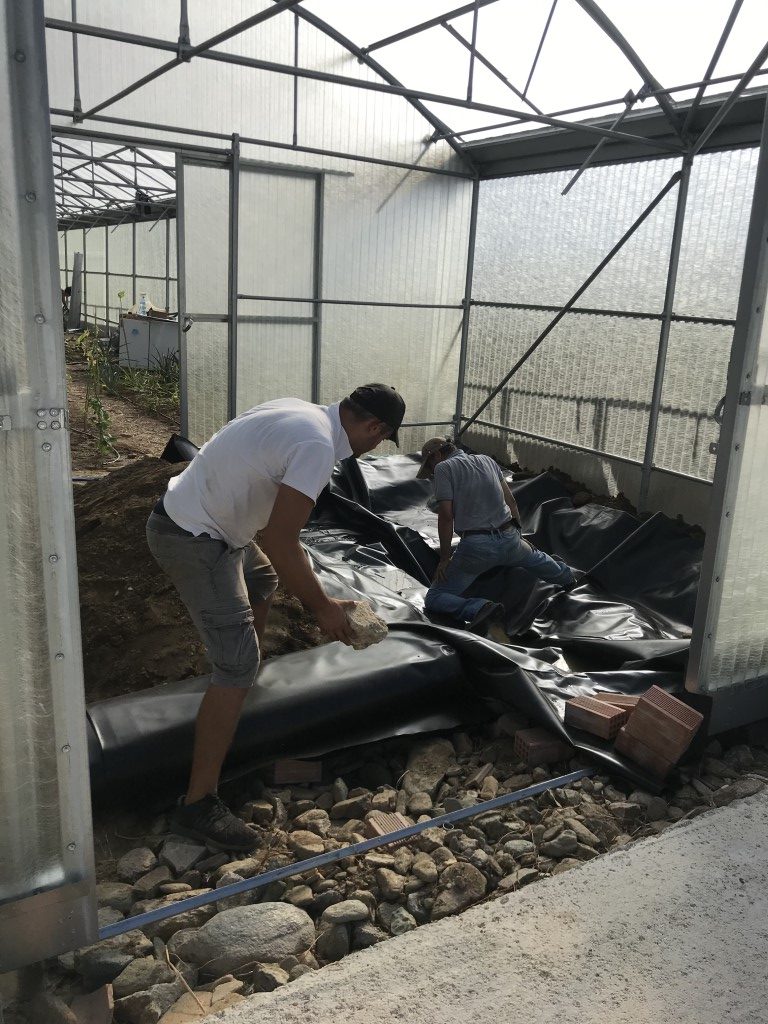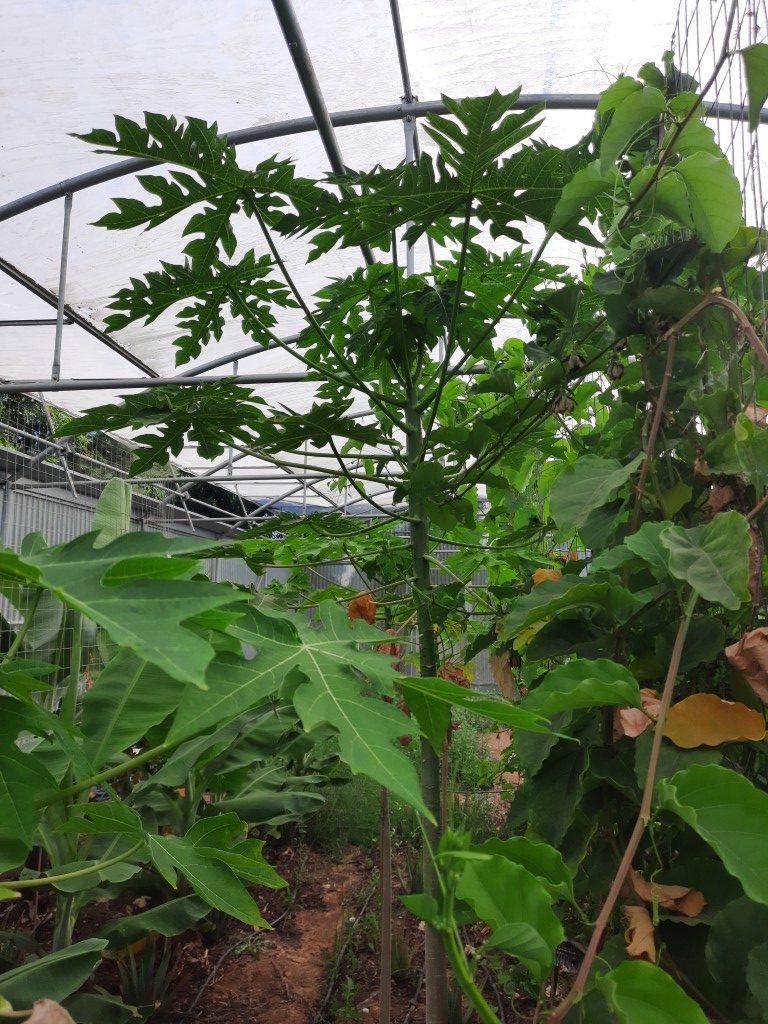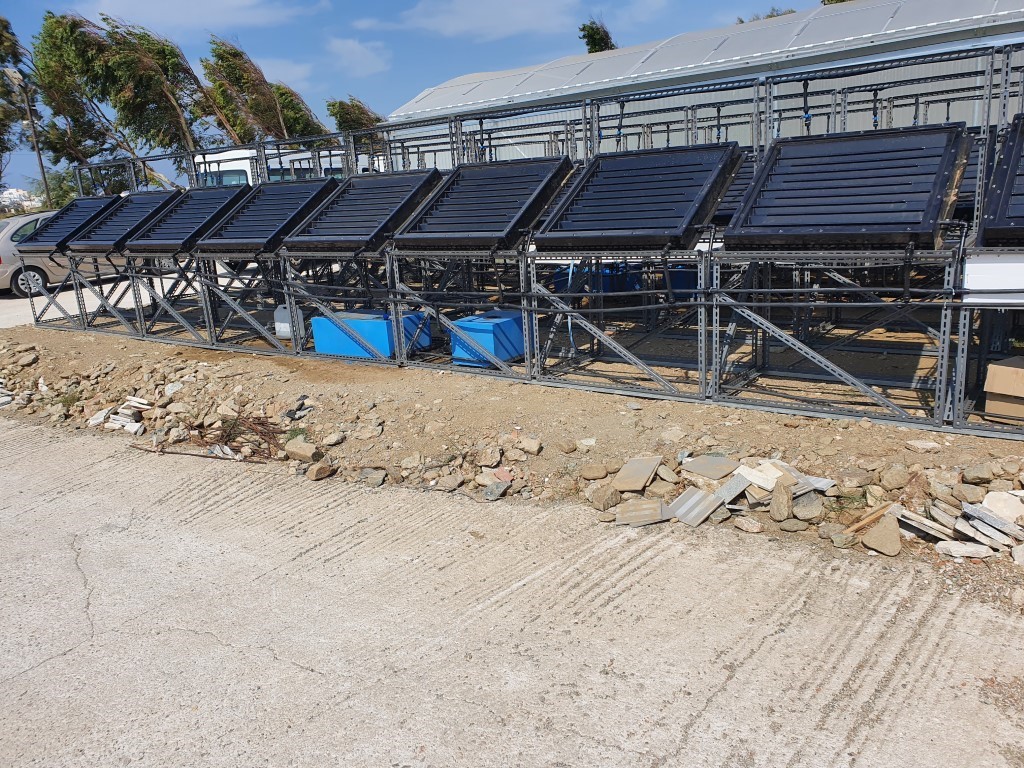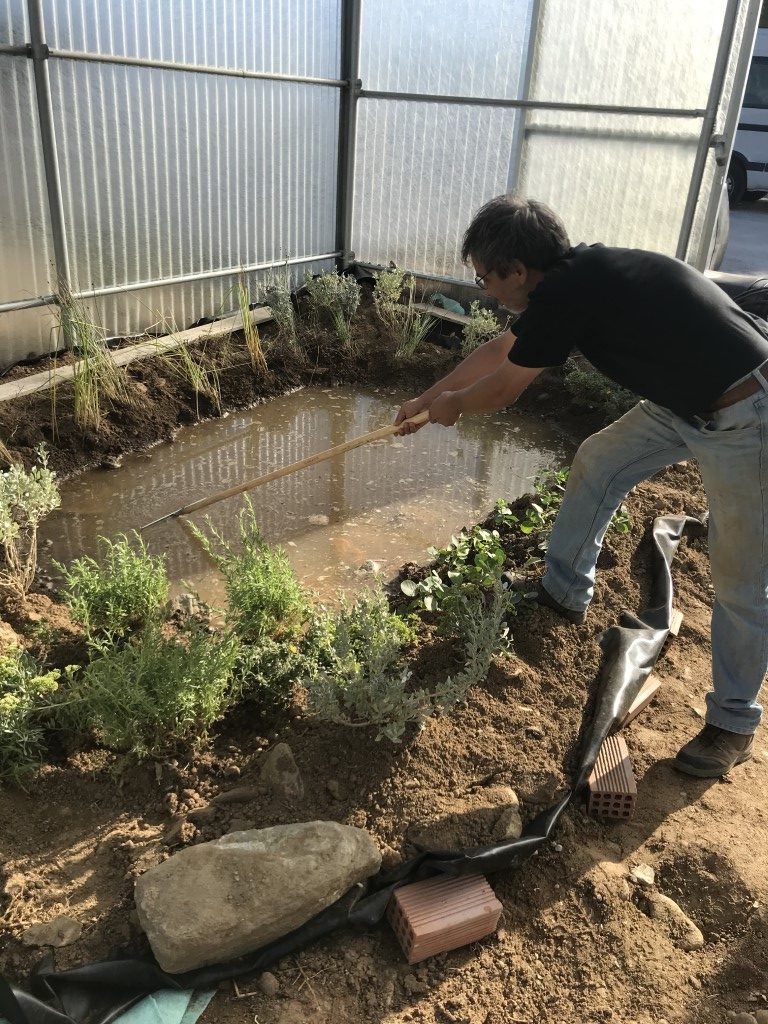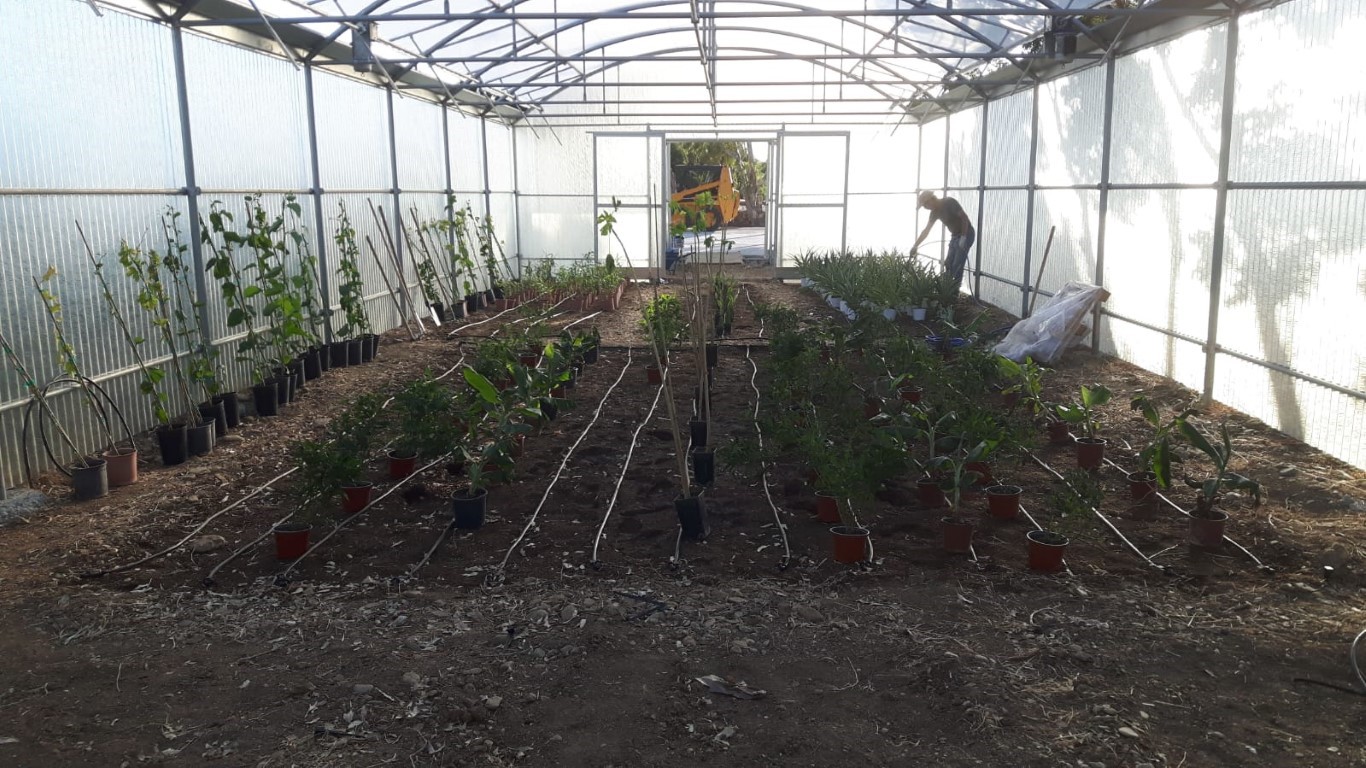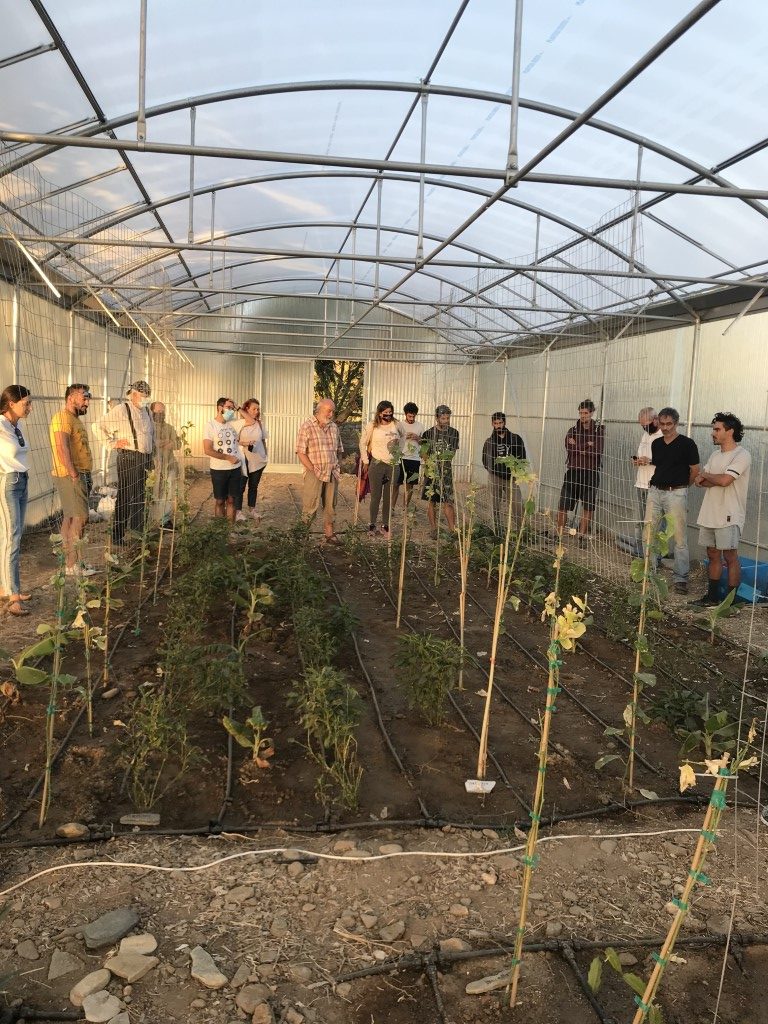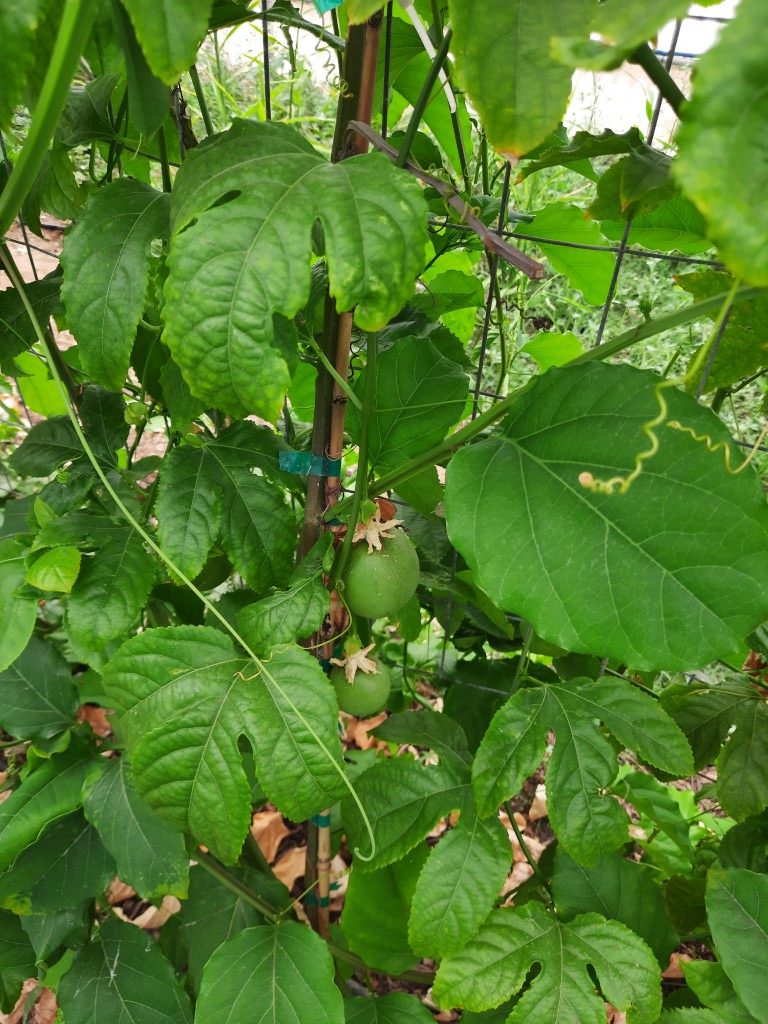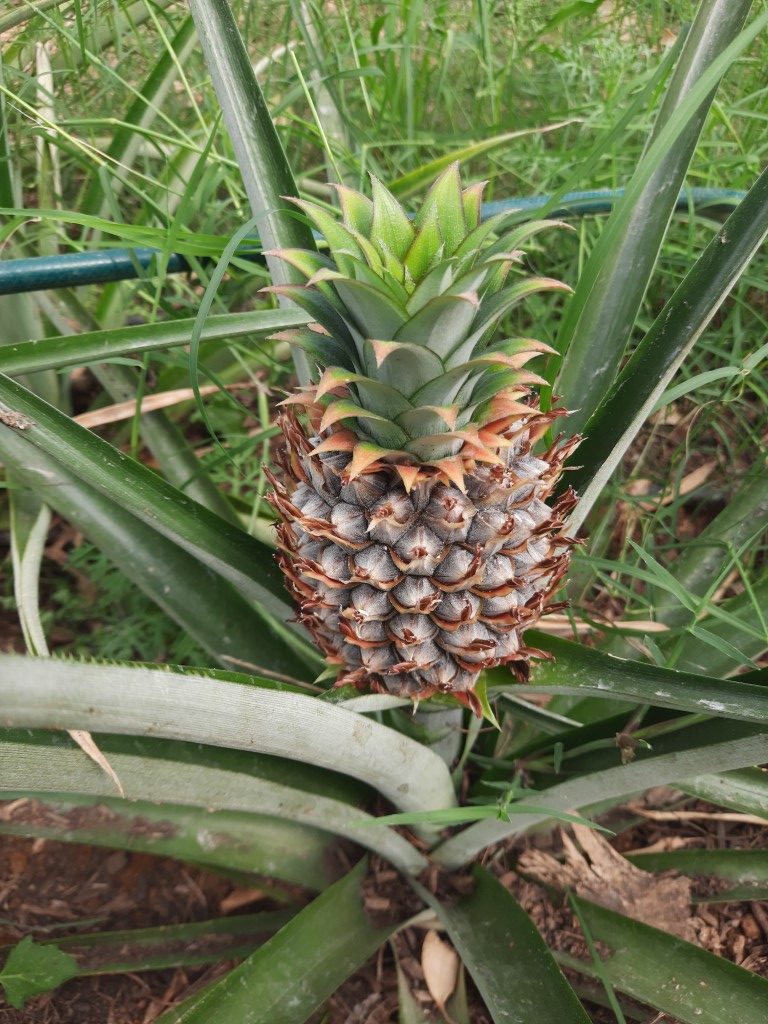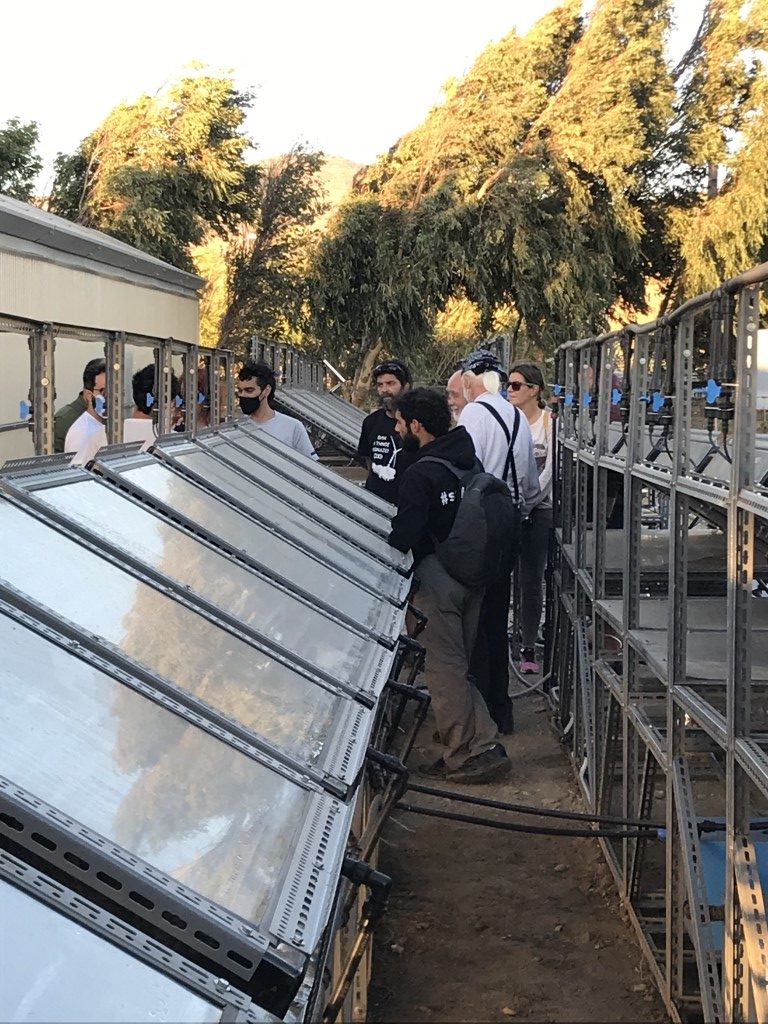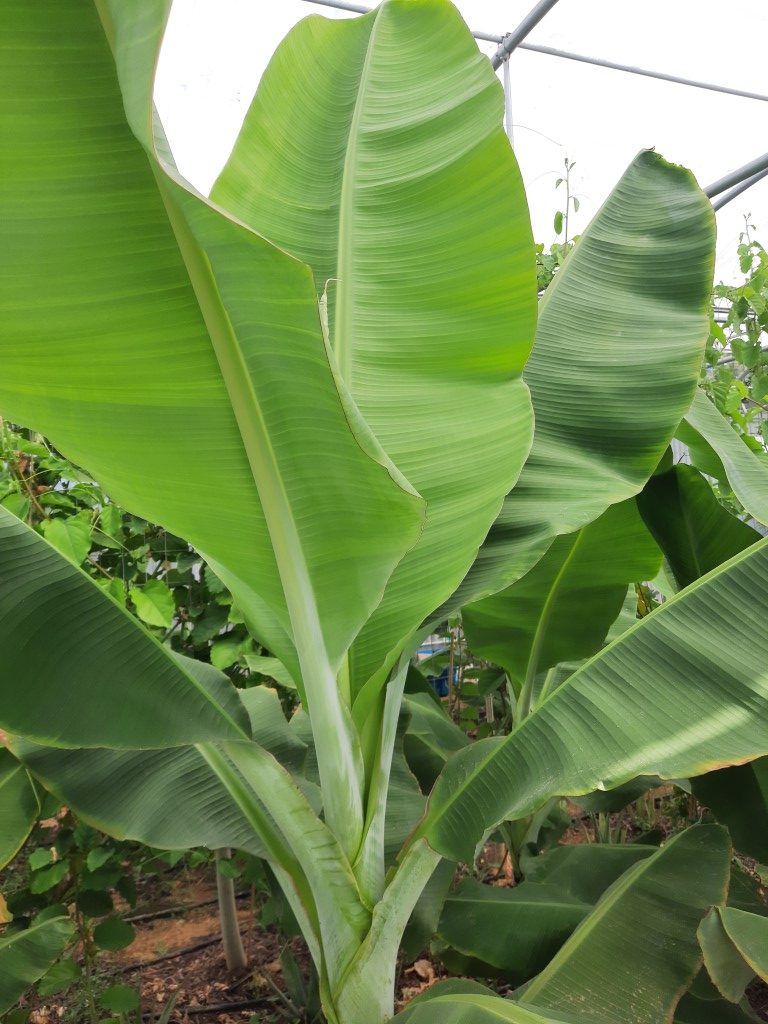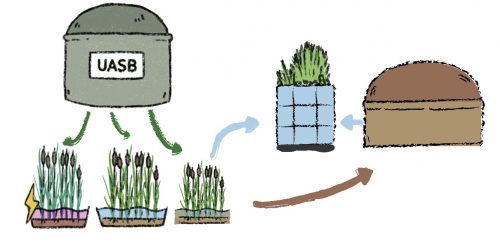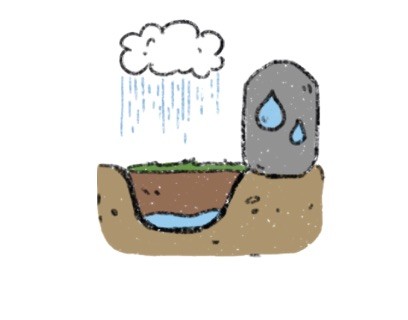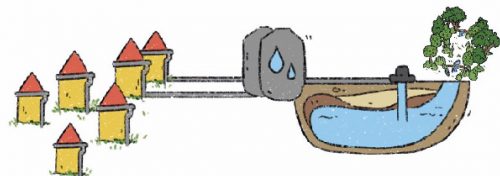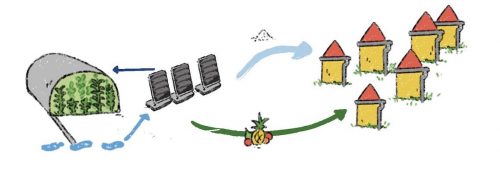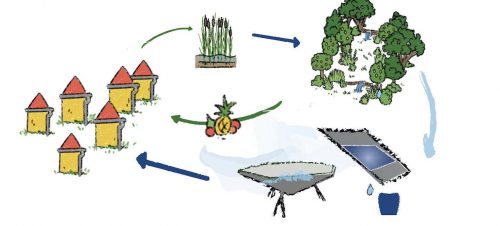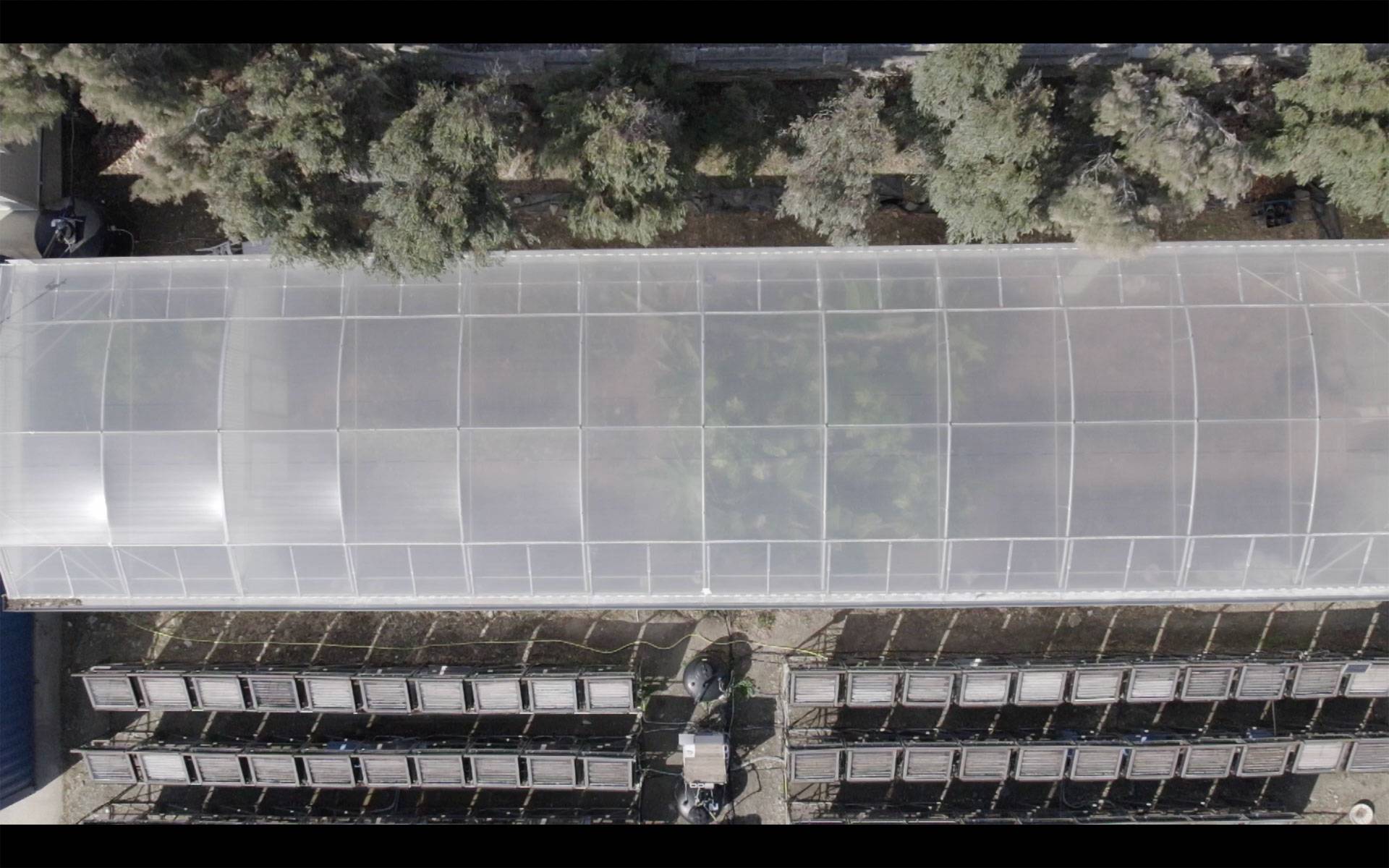
HYDRO5 is a nature-inspired, low-cost solar driven desalination system based on the principles of evaporation and condensation, which is implemented in Tinos Island.
Seawater and brine from the existing desalination plant is treated in the Mangrove Still System to produce freshwater and salt.
The treated water is channeled to a 200 m2 greenhouse irrigating tropical plants. Freshwater is produced in the Saltwater Evaporation Greenhouse, where atmospheric moisture is generated and then converted into usable fresh water by means of condensation. Mangroves and halophytes are planted to enhance this process.

Municipality – Private Business

Sea Water

Reclaimed water for irrigation, edible salt, tropical fruits
The desalination system is composed of a series of interconnected desalination panels where evaporation and condensation processes occur. The outputs of each unit are distilled water and brine. In addition, each unit can gather occasional rainwater falling on its external surface. Once the feed water is pumped into the tank, the hydraulic circuit works by gravity.
The water produced by the panels, together with the rainwater, are collected and pumped to a cultivation greenhouse while the brine is pumped to a salt factory. In this unit salt is produced by evaporation and ventilation of the brine. The produced water is used to irrigate a greenhouse and produce tropical fruits.
Furthermore, a Saltwater Evaporation Greenhouse (SEG) is developed. In this system the combination of evaporation and transpiration is intended to generate atmospheric moisture, which is converted into usable fresh water by means of condensation. In the greenhouse halophytes and mangroves are planted to optimize the evaporation. Fresh water will be used to improve productivity of t3he tropical fruits cultivation greenhouse.


